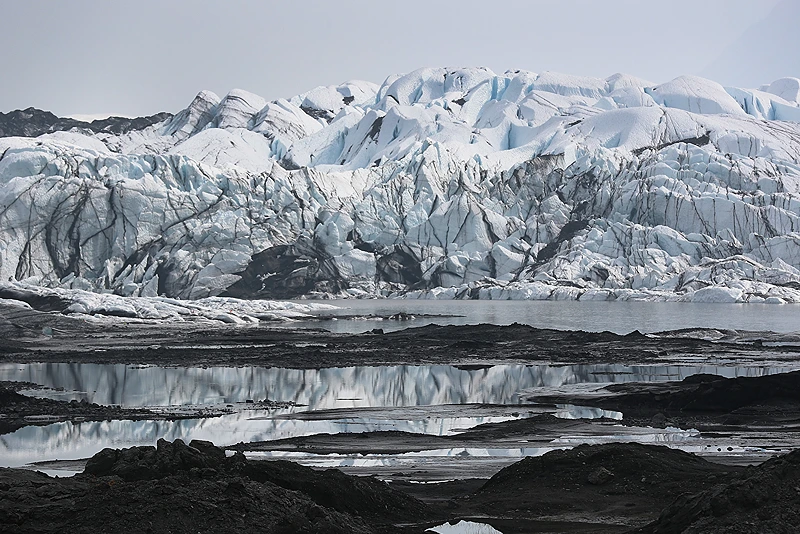

OAN Brooke Mallory
UPDATED 4:19 PM – Monday, March 13, 2023
According to the U.S. Department of Interior, Joe Biden and his administration have approved a limited version of ConocoPhillips’ $7 billion oil and gas drilling Willow Project in Alaska.
The decision has caused overwhelmingly positive reactions from Alaskan officials and the oil industry. However, there is also major criticism and aggravation from climate advocates who fear that this will negatively-affect climate change and animal habitats.
This choice comes after an aggressive campaign from opposing parties argued that the development of the three drilling sites in northwestern Alaska clashes with Biden’s highly broadcasted and publicized endeavors in fighting climate change and his purported goals to shift to cleaner energy sources.
Elected officials in Alaska say that the project will create hundreds of new jobs and bring in billions of dollars in state revenue and federal coffers.
The state of Alaska heavily relies on profits gained from oil production and output has declined drastically from the 1980’s when production was at its peak.
“I feel the people of Alaska have been heard… The state of Alaska cannot carry the burden of solving our global warming issues alone,” said U.S. Representative Mary Peltola (D-Alaska).
The destiny of the Willow Project has been tracked and watched closely by Alaskan officials, the gas and oil industry, and environmental groups, as President Biden says he seeks to stabilize his goals of decarbonization of the U.S. economy with intent to increase domestic fuel supplies in order to keep prices low.
The project was approved by the Interior Department after stating that it was bothered by the greenhouse gas impacts of Willow last month.
ConocoPhillips intended to build up to five drill sites and develop infrastructure, which included the construction of dozens of miles of roads, pipelines, and seven bridges.
The agency said that these efforts will be beneficial in reducing the impact on habitats for species like yellow-billed loons and polar bears.
The Biden administration also made an announcement on Sunday saying that new protections will be formed for undisturbed lands and water sources in Alaska that would essentially keep nearly 3 million acres of Beaufort Sea in the Arctic Ocean “indefinitely off-limits” for anything regarding oil and gas leasing.
This would be effective in closing off U.S. Arctic waters to oil exploration.
It also announced safeguards for 13 million acres of ecologically-sensitive areas within Alaska’s petroleum reserve.
However, climate activist groups still condemned Biden and his administration, saying he was trying to have it “both ways” when it came to climate change.
“Promoting clean energy development is meaningless if we continue to allow corporations to plunder and pollute as they wish,” said Food & Water Watch Executive Director Wenonah Hauter.
Many environmentalists have stated that they would challenge the project in court.
”It’ll escalate the climate crisis and lock us into decades of dependence on Big Oil executives hell-bent on destroying the planet. The fight isn’t over and we will consider every tool available to stop this climate bomb,” said a representative from The Natural Resources Defense Counsel in a Twitter post.
Sierra Club Executive Director Ben Jealous also expressed over Twitter that by giving the Willow Project the green light, Biden and his administration has “made it almost impossible to achieve the climate goals they set for public lands.”
U.S. Senator Dan Sullivan (R-Alaska) said that the congressional delegation is anticipating impending legal challenges and is now preparing an amicus brief to defend and protect the project in court.
“This was the right decision for Alaska and our nation,” declared ConocoPhillips Chief Executive Ryan Lance in a statement.
U.S. Senator Lisa Murkowski (R-Alaska) welcomed the “good news” on Monday and said that she believes this will bring many more jobs and financial gains for Alaska as a state by bringing upwards of 180,000 oil barrels per day into the Trans-Alaska Pipeline.





Be the first to comment